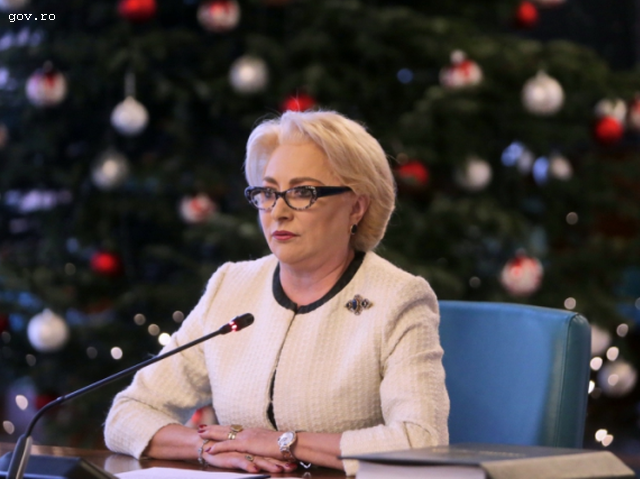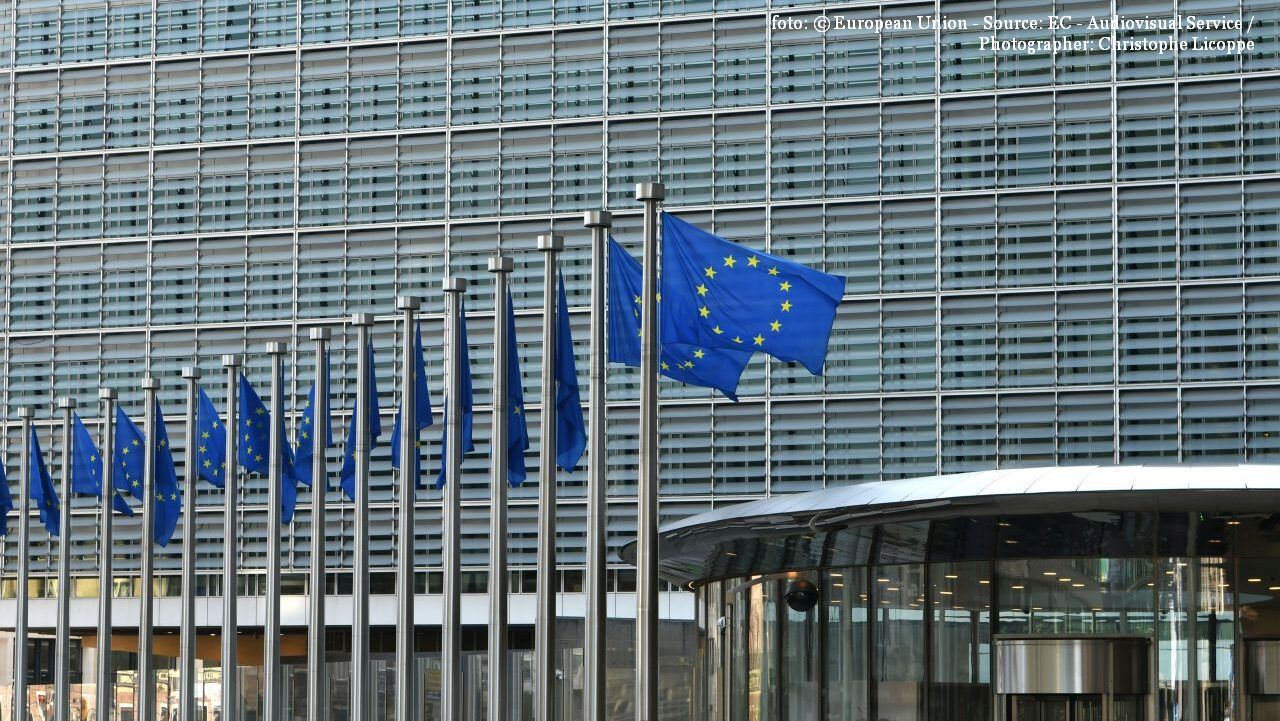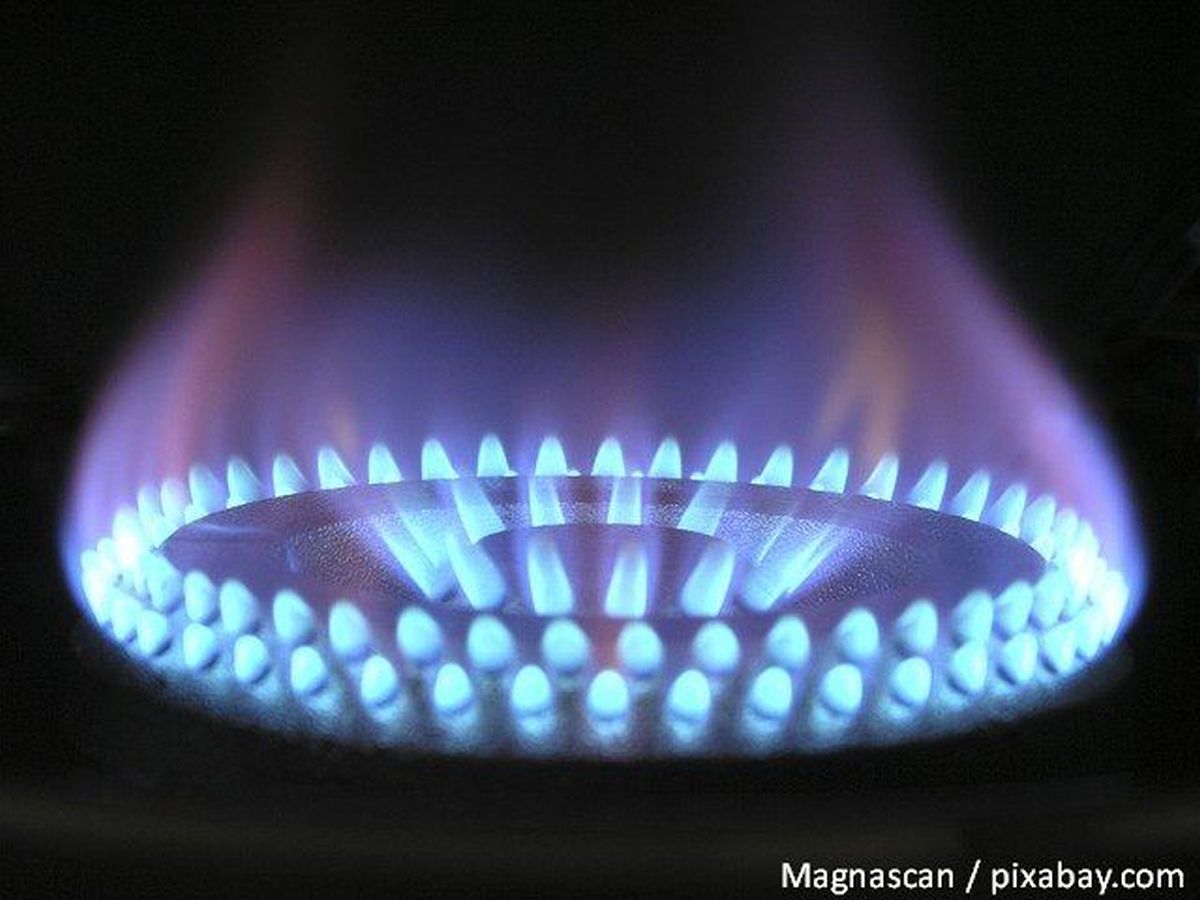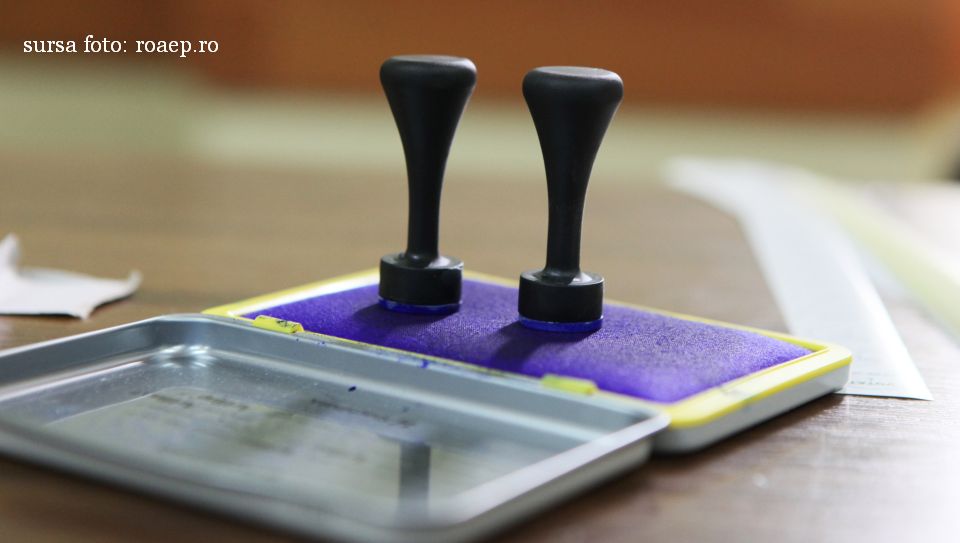Economic growth to remain robust
In the past century, Romania has underwent 18 periods of economic growth and an equal number of periods of recession.

Roxana Vasile, 14.12.2018, 13:17
“One hundred years of sincerity. Recovering the lost memory of the Romanian economy: 1918-2018”. This is the title of a work coordinated by the vice-governor of the National Bank of Romania, Liviu Voinea, according to whom, in the past century, Romania has underwent 18 periods of economic growth and an equal number of periods of recession, the average growth periods lasting 15 quarters and those of recession spanning 7 quarters. In the same time frame, the Gross Domestic Product per capita has increased 26 times. The annual economic growth rate has stood at 3.3% on an average, but the development has had a high degree of volatility, progress has been made in unequal stages, and the differences between various social categories have been really significant.
Here is Liviu Voinea with further details: “As compared to 1918, when Romania’s GDP equalled 10% of the GDP of the US- the benchmark back then- now, our GDP is 41% of theirs and we speak of economic growth. Either we are willing to see it or not, there is economic growth. It is rightfully mentioned. This doesn’t mean the hard work is over. 60% of the European average is still an insufficient figure for us to be equal partners in the Euro zone, but we started from 30%.”
In this wide context depicted by central bank experts, Romania’s PM Viorica Dăncilă on Thursday congratulated herself on Romania’s economy further reporting robust growth, saying that in the third quarter of the year the economic growth rate was 1.9% higher as compared to the previous quarter. According to the Prime Minister, the data released by the National Institute of Statistics and Eurostat is relevant.
Viorica Dăncilă: “Romania has registered the second largest quarterly economic growth rate of the whole European Union in the third quarter of 2018. In the first nine months of the year, Romania reported a supplementary GDP worth 64 billion lei (some 14bn Euro), as compared to 62.8 billion lei in the same period of 2017 and as against only 36.1 bn lei in the first nine months of 2016.”
Viorica Dăncilă has also said that more than half of this growth has been generated by industry and agriculture, which proves it is a sustainable growth. Furthermore, the 10% increase in the volume of exports in the past 10 months shows that the Romanian economy is more competitive, winning new foreign markets. However, we should not fool ourselves! Officials from the National Bank of Romania are the first who should send an alarm signal if need be, or should invite political decision makers to be more discreet.
This is what the central bank governor, Mugur Isărescu, has recently done, once more: “We should have a realistic approach and wisdom to look back and further away, to try to find out where we stand, what we want to accomplish, what we should do and what we can take along with us on our way to the future, of course, after having evaluated correctly the situation to see what was valuable in our past.”
The 2018 stability report issued by the National Bank of Romania includes poor payment discipline and demographic decline among the “weak points of the Romanian economy”. Some economic analysts are adding inflation and the high rate of consumption as a source of economic growth.






























